Disclosure: This article contains affiliate links. We may earn a commission from purchases at no extra cost to you, which helps our travel content.
Standing beneath the expansive wings of historic aircraft, I found myself contemplating the curious intersection of human innovation and ecological impact. Dayton, Ohio—birthplace of aviation—might seem an unusual destination for a wildlife biologist accustomed to tropical canopies and island ecosystems. Yet this midwestern city offers a fascinating lens through which to observe how human ingenuity shapes our relationship with the natural world, all while providing accessible cultural experiences that won't strain your family budget.
The National Museum of the United States Air Force: A Lesson in Adaptation
The immense hangars of the National Museum of the United States Air Force represent one of America's most impressive free cultural experiences. As a biologist, I view these massive flying machines through an evolutionary lens—each aircraft represents adaptations to specific environmental challenges, not unlike the specialized features of birds I've studied across continents.
Walking through the chronological exhibits with my colleague's family, I watched her children's eyes widen at the Wright Brothers' fragile early flyers, constructed with materials that mimic avian anatomy with remarkable precision. The museum's meticulous organization allows visitors to trace aviation's development from these biomimetic beginnings to the space-age technology that eventually allowed humans to leave Earth's atmosphere entirely.
For families with younger children, I recommend bringing a kids aviation guidebook to enhance their experience with age-appropriate context. The museum's vastness can be overwhelming, so having a child-centered reference point helps focus their attention on accessible concepts.

💡 Pro Tips
- Visit early on weekdays to avoid crowds, especially during summer
- Bring a small pair of binoculars for children to examine details on aircraft displayed at a distance
- Download the free museum app for interactive exhibits that engage different learning styles
Dayton Aviation Heritage National Historical Park: Where Science Meets History
While the Air Force Museum showcases the results of aviation innovation, the Dayton Aviation Heritage National Historical Park illuminates the scientific process behind it. As someone who's spent decades documenting methodical field observations, I felt a kinship with the Wright brothers' approach to problem-solving—their meticulous data collection and iterative testing mirrors the scientific method I employ in forest ecology research.
The park encompasses multiple sites across Dayton, including the Wright Cycle Company building, Huffman Prairie Flying Field, and the Paul Laurence Dunbar House (Dunbar was a prominent African American poet and contemporary of the Wrights). This distributed approach to preservation creates a more authentic experience than a single consolidated museum could provide.
For families navigating between sites, a insulated water bottle is essential, especially during humid Ohio summers. I watched several parents struggling with disposable water bottles that quickly emptied, while my double-walled container kept water cold throughout our day of exploration.

💡 Pro Tips
- Purchase the nominal combination ticket that grants access to all sites
- Allow a full day to properly experience all locations within the park
- Visit the Wright brothers' home at Hawthorn Hill on Wednesdays or Saturdays when tours are available
SunWatch Indian Village: Ecological Knowledge Systems
Moving beyond aviation history, Dayton offers windows into much older relationships between humans and their environment. SunWatch Indian Village Archaeological Park preserves a reconstructed 13th-century Fort Ancient culture settlement along the Great Miami River. As someone who studies traditional ecological knowledge systems alongside Western science, I found this site particularly meaningful.
The village layout—organized around a central post that served as a solar calendar—demonstrates sophisticated understanding of seasonal cycles critical for agricultural planning. This astronomical knowledge parallels indigenous calendrical systems I've encountered while working with communities in the Western Ghats of India, where similar observations guided sustainable resource management practices.
For families visiting SunWatch, I recommend bringing a field journal set for children to record observations and sketches. The site's educational programs often include hands-on activities like pottery-making and fire-starting demonstrations that illuminate daily life in this pre-industrial community. These tactile experiences help children understand how closely these communities lived with natural systems—a perspective increasingly valuable in our technologically mediated world.
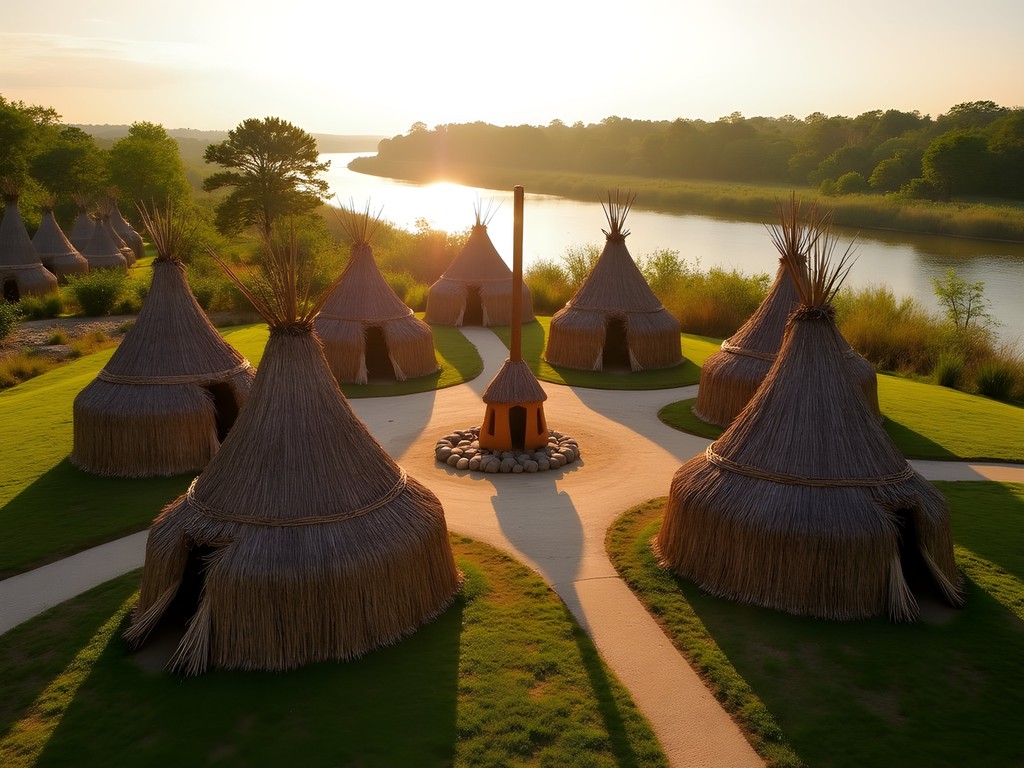
💡 Pro Tips
- Visit during one of their scheduled archaeological demonstrations to see active excavation techniques
- Check their calendar for seasonal festivals that feature traditional foods and crafts
- Allocate at least 2-3 hours to fully experience both the indoor museum and outdoor reconstructed village
Five Rivers MetroParks: Urban Ecology in Action
Dayton's commitment to green space impressed me deeply. The Five Rivers MetroParks system encompasses over 16,000 acres of protected land—a remarkable achievement for a mid-sized industrial city. As a conservation biologist, I'm particularly interested in how these urban natural areas serve as wildlife corridors and biodiversity reservoirs.
RiverScape MetroPark offers an accessible introduction to the region's watershed ecology. The Great Miami River, which once powered Dayton's industrial development, now serves as a recreational corridor and wildlife habitat. During our visit, we observed several species of migratory birds using the riparian zone—evidence of successful ecological restoration efforts.
For families exploring these parks, I recommend a portable field microscope to examine aquatic invertebrates, plant structures, and other small-scale natural features. My colleague's children were fascinated by the microscopic world revealed in water samples from the river—tiny organisms invisible to the naked eye but vital to ecosystem function.
The more extensive Germantown and Twin Creek MetroParks offer hiking trails through restored prairie and forest habitats. For those seeking a deeper nature experience, these outlying parks provide excellent opportunities for wildlife observation. Pack a field guide to identify the diverse plant communities that have reclaimed former agricultural lands.
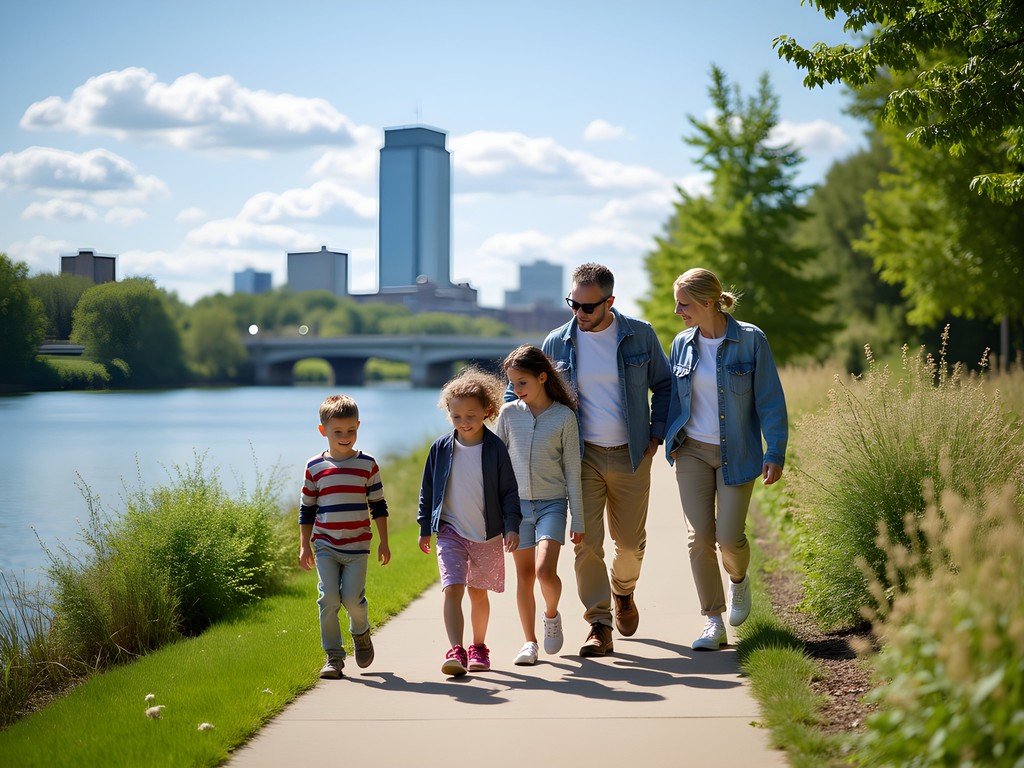
💡 Pro Tips
- Visit RiverScape MetroPark on summer weekends for free outdoor concerts and cultural festivals
- Rent bicycles from the hub at RiverScape to explore the extensive paved trail network connecting multiple parks
- Check seasonal programming for guided nature walks led by park naturalists
Dayton Art Institute: Unexpected Ecological Narratives
Cultural institutions often reveal how societies perceive their relationship with the natural world. The Dayton Art Institute—housed in an Italian Renaissance-inspired building overlooking downtown—contains surprising ecological narratives within its diverse collection.
The museum's American landscape paintings document environmental transformation over centuries, while contemporary works often address climate change and human impact. As someone who bridges scientific and cultural ways of knowing, I appreciate how art communicates environmental concepts through emotional and aesthetic dimensions that scientific papers rarely capture.
For families with children who might grow restless in traditional gallery settings, the museum offers 'Art Packs'—interactive kits that guide younger visitors through themed explorations. My colleague's children particularly enjoyed the scavenger hunt that had them identifying animals in artwork throughout the collection.
Before visiting, I suggest downloading a art appreciation guide to help children engage more deeply with the museum's collection. The suggested donation admission policy makes this cultural experience accessible regardless of budget constraints—a value I deeply appreciate as someone who believes cultural and scientific literacy should be available to all.
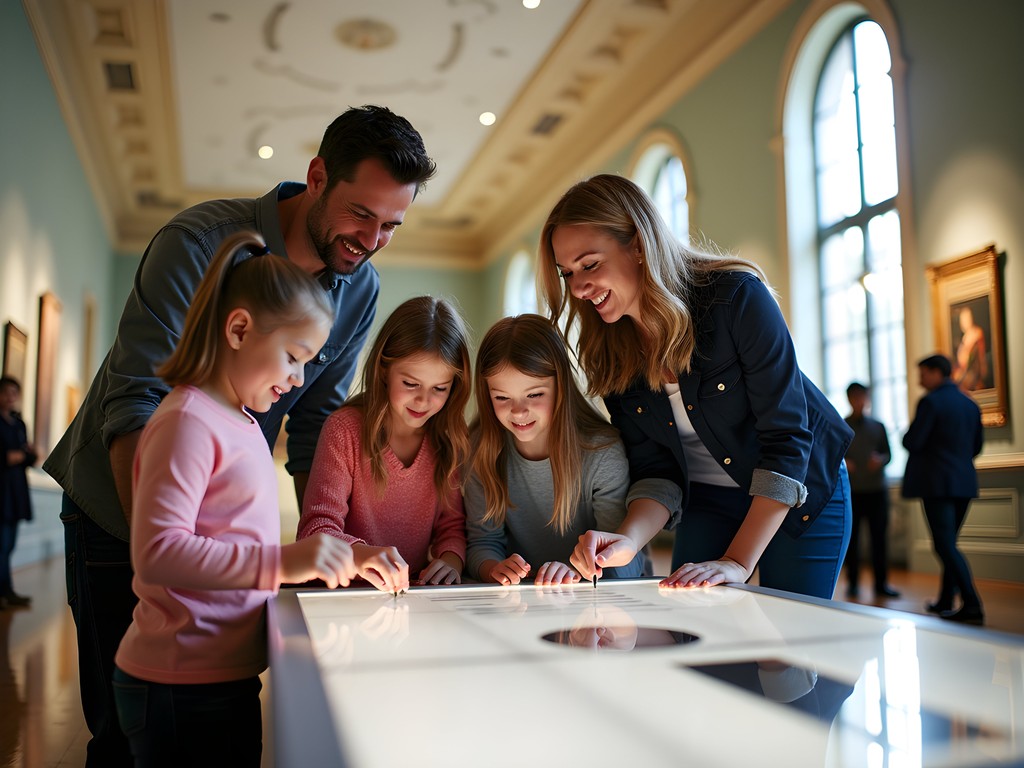
💡 Pro Tips
- Visit on 'Family Day' (typically the third Sunday of each month) for special kid-friendly programming
- Check their calendar for 'Tiny Thursdays' if visiting with preschool-aged children
- Don't miss the outdoor sculpture garden for a combination of art appreciation and fresh air
Final Thoughts
Dayton offers a rare convergence of technological history, cultural heritage, and ecological stewardship that belies its modest Midwestern reputation. As someone who typically gravitates toward biodiversity hotspots, I found unexpected richness in this human-centered landscape—a reminder that cultural and natural histories are inextricably linked. The city's commitment to accessibility—through free museums, affordable parks, and family-oriented programming—creates an inclusive environment for exploration and learning.
Perhaps most striking is how Dayton's story mirrors larger narratives of human-environment relationships: from indigenous knowledge systems at SunWatch Village to the biomimetic innovations of the Wright brothers, and finally to contemporary urban ecology efforts in the MetroParks system. These threads weave together a complex tapestry that rewards curious visitors willing to look beyond aviation headlines.
For families seeking meaningful cultural experiences without international travel costs, Dayton represents an ideal laboratory for exploring how innovation, history, and nature intersect. I encourage you to approach this underappreciated destination with the observant eyes of a scientist and the open heart of a cultural explorer. The connections you discover may surprise you.
✨ Key Takeaways
- Dayton offers world-class aviation history accessible on a budget-friendly family weekend
- The city's cultural institutions provide context for understanding human-environment relationships across centuries
- Urban green spaces and archaeological sites complement technological museums for a well-rounded educational experience
- Family-oriented programming and interactive exhibits make complex historical and scientific concepts accessible to young visitors
📋 Practical Information
Best Time to Visit
Year-round, with summer offering outdoor festivals and winter providing uncrowded museum experiences
Budget Estimate
$300-500 for a weekend family trip (excluding transportation)
Recommended Duration
2-3 days
Difficulty Level
Easy

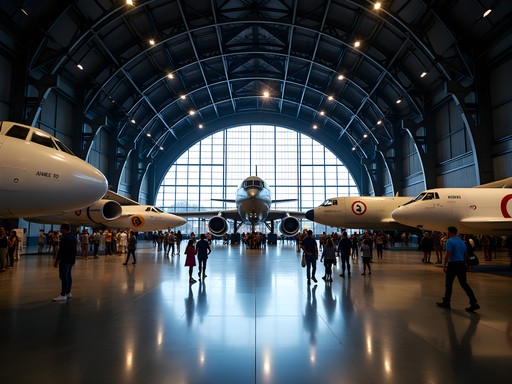
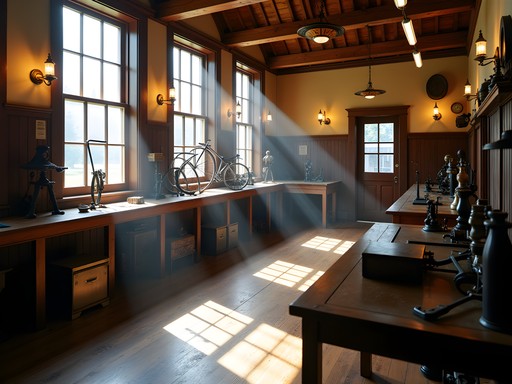
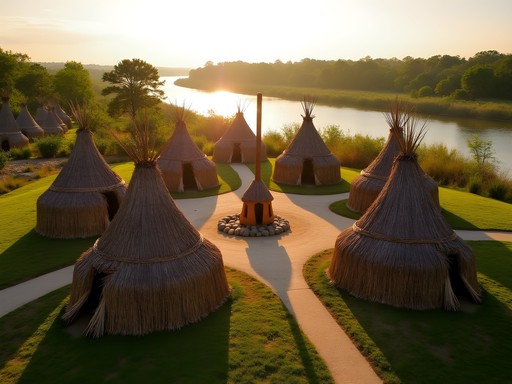
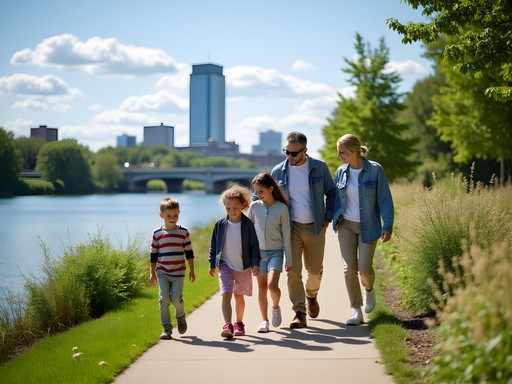
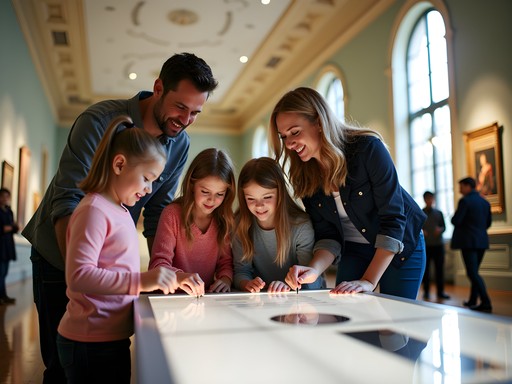










Comments
Bella Johansson
Claire, your post brought back wonderful memories! I visited Dayton on a budget last spring and was amazed at how affordable it was. The Air Force Museum is FREE (still can't believe it), and I stayed at a charming little Airbnb near the Oregon District for a fraction of what I'd pay in bigger cities. For those on a budget, the RTA buses are efficient for getting around - I bought a day pass and hit all the major sites. The Five Rivers MetroParks were a delightful surprise - perfect for morning walks and picnics. Dayton reminded me that sometimes the less-hyped destinations offer the richest experiences without breaking the bank.
photobuddy
Thanks for the budget tips! Did you need a car at all or was public transport sufficient?
Bella Johansson
I managed fine with buses and the occasional rideshare! If you stay near downtown, many attractions are accessible without a car.
OhioNative87
If you're visiting Dayton in summer, try to catch the Vectren Dayton Air Show! Perfect complement to the museum visits.
springbuddy6104
Is it kid friendly? Or too loud?
OhioNative87
Kids love it! Bring ear protection for the little ones though. They have a family area with activities too.
HistoryTeacher2000
That photo of the Wright Brothers' workshop is fantastic! Really captures the humble beginnings of such world-changing innovation.
starway
As an aviation geek, I've been to the USAF Museum three times and still haven't seen everything! Your post captures the essence perfectly. The presidential aircraft gallery is mind-blowing - walking through planes that carried JFK and FDR gives me chills every time. And the restoration hangar tours (when available) are absolutely worth scheduling in advance!
MidwestExplorer
Just got back from Dayton last week and used this post as my guide! The SunWatch Indian Village was such an unexpected highlight. I was fascinated by how they incorporated astronomical alignments into their community planning. Makes our modern city designs seem so disconnected from nature by comparison. One tip for anyone visiting: we found that the Dayton City Pass saved us about $30 on admissions. It includes the Aviation Heritage sites plus some other attractions. Also, Claire didn't mention it, but we loved the Carillon Historical Park too - they have the original Wright Brothers bicycle shop and some great working exhibits on innovation history.
springbuddy6104
Thanks for mentioning Carillon Park! Adding it to my list.
TravelMom44
Going to Dayton next month with my aviation-obsessed 12yo. How long should we plan for the Air Force museum? Is one day enough?
AviationBuff
Not the author but I'd recommend at least a full day for the Air Force Museum if your kid loves planes. The place is HUGE with 4 massive hangars. We spent 2 days there and still missed stuff. The space gallery and presidential aircraft section alone took us hours!
TravelMom44
Thanks! Will definitely plan for two days then.
Jean Wells
Claire, your observation about the 'intersection of human innovation and ecological impact' resonates deeply. When I visited Dayton in 2024, I was struck by this very duality. The Air Force Museum's massive hangars housing instruments of war juxtaposed with SunWatch Village's sustainable practices from centuries ago creates a fascinating narrative about our technological evolution. I particularly appreciated your coverage of Five Rivers MetroParks. Most visitors focus solely on the aviation aspects, missing this ecological gem. The prairie restoration project there offers important lessons about environmental stewardship that complement the technological achievements celebrated elsewhere in the city. Did you have a chance to take any of their guided nature walks? The botanical knowledge of their staff is exceptional.
springbuddy6104
Is the MetroParks place good for kids? Planning a family trip.
Jean Wells
Absolutely! They have excellent kid-friendly programs and interactive exhibits about local wildlife. My niece loved the butterfly garden and the hands-on water quality testing activities.
springbuddy6104
Perfect! Thanks for the tip!
springbuddy6104
Never thought of Dayton as a travel spot before! The Air Force museum looks awesome.
Jean Wells
It's surprisingly worthwhile. I spent three full days there in 2023 and still didn't see everything!
springbuddy6104
Whoa, three days?! Might need to add it to my list then!
smartace
Great post! Never considered Dayton before but adding it to my list now!
wanderbackpacker
I had no idea about the ecological focus in Dayton! The connection between aviation history and environmental stewardship is fascinating. Did you happen to check out any local restaurants or breweries while you were there? Planning a weekend trip soon.
Claire Long
Yes! Don't miss Wheat Penny for amazing pizza and Lock 27 Brewing has great food and local beers. The Oregon District has lots of options too!
Venture X
Premium card with 2X miles, $300 travel credit, Priority Pass